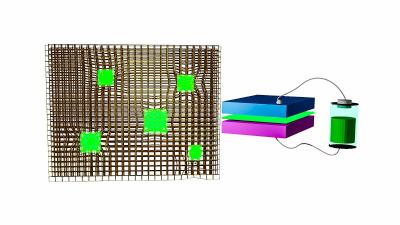Researchers examine how chlorine stabilizes perovskite solar cells
A team of researchers, led by Professor Yabing Qi in the Energy Materials and Surface Sciences Unit at the Okinawa Institute of Science and Technology Graduate University (OIST) in Japan, recently imaged the atoms at the surface of the light-absorbing layer metal-halide perovskite solar cell.
Their findings addressed a long-standing mystery in the field of solar power technology, showing how power-boosting and stability-enhancing chlorine is incorporated into the perovskite material.





